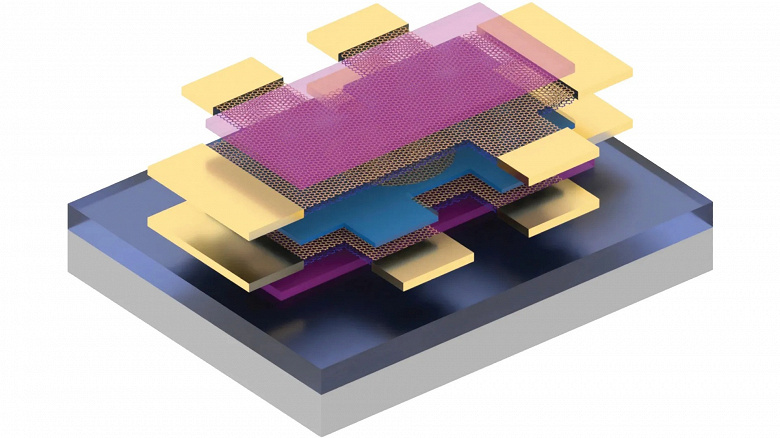Introduction to the Breakthrough
Scientists at the Massachusetts Institute of Technology (MIT) have unveiled compelling evidence of unconventional superconductivity in a novel structure known as “magic-angle twisted trilayer graphene” (MATTG). In this configuration, atomically thin layers of graphene are rotated relative to one another at a precise ‘magic’ angle. Superconductors, known for conducting electricity without resistance or energy loss, typically require extremely low temperatures and complicated cooling methods to function. The researchers at MIT observed an alternative mechanism: a unique type of energy gap associated with the formation of electron pairs in the superconducting state. This ‘superconducting gap’ illustrates the bond strength between electrons, varying with temperature and magnetic fields. The form of this gap is crucial for understanding the nature of superconductivity.
Experimental Advancements
The team developed an innovative experimental platform combining tunnel spectroscopy with electrical transport measurements-activities recording electrical resistance and current flow through a sample. Tunnel spectroscopy employs the quantum tunneling effect, where electrons behave as both particles and waves, allowing them to pass through potential barriers. These observations help gauge their energy state and bond strength. With the new device, scientists documented the disappearance of electrical resistance, an indicator of superconductivity, concurrently with the emergence of the corresponding gap in the spectrum.

Illustration: Pablo Jarillo-Herrero, et al.
Significance of Findings
Within MATTG, the superconducting tunnel gap emerged only when resistance dropped to zero, directly linking the observed effect with the superconducting state. Alterations in temperature and magnetic fields resulted in a sharp V-shaped profile, unlike the smoother, flatter profile typical in conventional superconductors where electron pairs form due to lattice vibrations. This V-shaped gap indicates a ‘nodal’ structure in the superconducting state, with directions along which the gap vanishes. The authors associate this with electron pairs forming due to strong electron-electron interactions rather than lattice vibrations. Co-author Shuwen Sun asserts that the gap’s shape provides insight into mechanisms potentially leading to materials operating at more convenient, technologically feasible temperatures.
Future Prospects and Applications
Professor Pablo Jarillo-Herrero emphasizes that understanding this unconventional superconductor may hint at principles for developing others, potentially achieving superconductors functioning at room temperature. This discovery builds upon a decade of work in ‘twistronics,’ the field examining electronic properties in ultra-thin materials arranged at precise angles. Jarillo-Herrero’s team first demonstrated unusual quantum effects in magic-angle twisted bilayer graphene in 2018, igniting rapid advancements in this domain. This new outcome transitions from indirect signs to direct spectral evidence of extraordinary superconductivity in multilayer graphene systems.
Broader Implications
Looking forward, the platform developed by MIT will study other ‘twisted’ and layered materials. According to the researchers, combining tunnel spectroscopy and transport measurements in the same sample allows direct real-time observation of forming and competing quantum phases-from superconductivity to other ordered states. This provides scientists with more accurate tools to test theories and rationally design new quantum materials. The work firmly establishes an unconventional superconductivity type in a controlled, tunable system and provides a methodology for its detailed study. Now, physicists better understand which electronic mechanisms to leverage and how to structure materials strategically via ‘angle tuning’ for future energy-efficient technologies and quantum devices.





